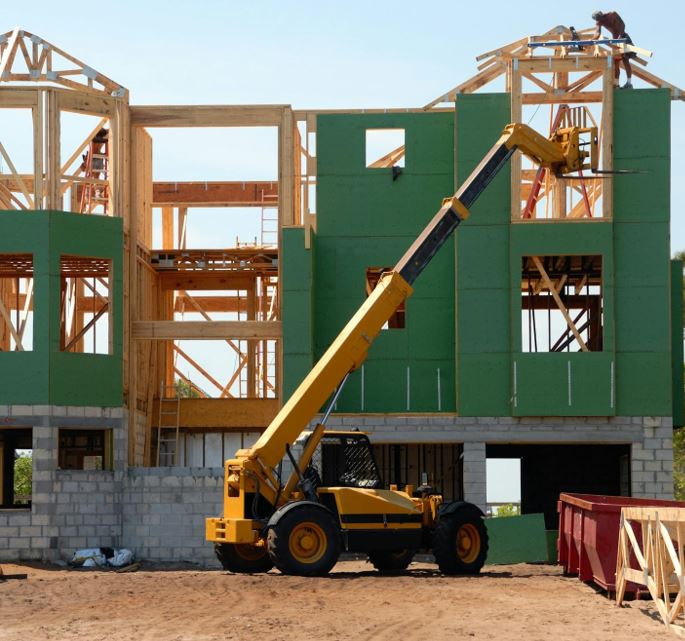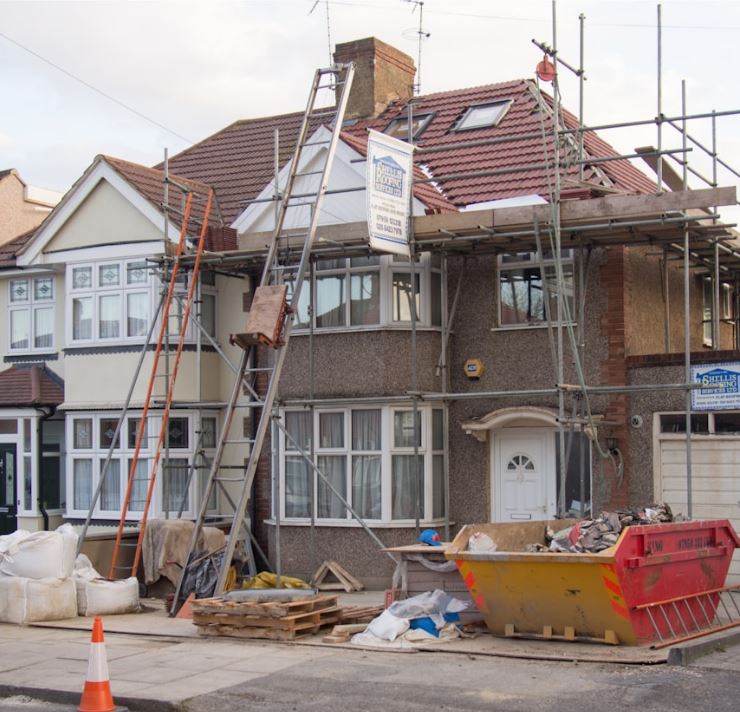Your Guide to a Smooth Home Construction Project

Building a home is an exciting but complex journey. It’s more than just hiring workers and buying materials—it’s about making smart decisions that ensure everything flows smoothly. A well-planned construction process saves time, money, and stress. While the finished home is the goal, the way you get there matters just as much. Delays, miscommunication, and unexpected expenses can turn your dream home into a nightmare. However, with the right approach, you can avoid most of these pitfalls.
Want to know more? Here are some essential steps to help keep your home construction on track and stress-free.
Plan Your Project Thoroughly Before You Start
Rushing into construction without a clear roadmap leads to mistakes, delays, and budget overruns. The first step is defining your vision—what kind of home do you want? Consider factors like size, layout, materials, and special features that fit your lifestyle. Once you have a clear idea, consult with an architect or designer to bring your vision to life while ensuring it aligns with zoning laws and structural integrity requirements.
Moreover, setting a realistic timeline prevents unnecessary pressure. Weather conditions, supply chain delays, and labor availability all impact the pace of construction. Expecting your project to finish ahead of schedule often leads to disappointment, while allowing reasonable flexibility ensures a smoother experience.
Hire the Right Contractors for the Job
Choosing the right contractor is one of the most critical decisions in any home construction project. A skilled, reliable team determines whether your build progresses smoothly or turns into a frustrating ordeal. A reputable contractor should have a solid track record of completing projects on time and within budget.
An often-overlooked factor is how contractors manage their workforce. The best companies prioritize efficiency by ensuring their workers are always present on-site. Instead of relying on daily commutes, they book accommodations like a man camp near the construction site. This setup reduces delays caused by late arrivals or travel disruptions and keeps work progressing consistently. It also enhances worker productivity since they have proper rest and facilities close by. By hiring a contractor with strong logistical planning, you minimize unnecessary hold-ups and ensure the project stays on schedule.
Set a Realistic Budget—Then Add a Cushion
One of the most common mistakes in home construction is underestimating costs. A budget isn’t just about adding up the price of materials and labor—it needs to account for every possible expense. Permits, site preparation, utility connections, and interior finishes all add up quickly. Many homeowners focus on initial construction costs and forget about hidden fees like inspections, landscaping, or unforeseen structural changes.
A good rule of thumb is to add a 10-20% contingency fund to your budget. No matter how detailed your financial planning is, unexpected expenses are inevitable. Maybe material prices increase, or there’s an issue with the land that requires additional work. Having a cushion prevents these surprises from becoming financial disasters. It also allows for some flexibility if you decide to upgrade certain features during the process. Setting a strict but adaptable budget ensures you stay financially prepared without having to cut corners later.
Establish Clear and Frequent Communication
Communication is the foundation of a smooth construction process. When homeowners assume everything is going according to plan without regular check-ins, they often face surprises. A hands-off approach can lead to misunderstandings, missed deadlines, and work that doesn’t meet expectations. Being involved doesn’t mean micromanaging every detail, but maintaining open communication with your contractor and project manager is vital.
Schedule regular site visits to monitor progress and address issues before they escalate. If you’re unable to visit frequently, use technology to stay updated. A clear communication structure ensures you’re always in the loop and helps resolve small concerns before they turn into major setbacks.
Choose Quality Materials and Don’t Rush Orders
The materials you choose for your home impact its durability, energy efficiency, and overall aesthetic. While it might be tempting to cut costs by selecting cheaper alternatives, doing so often leads to long-term expenses. Poor-quality materials deteriorate faster, requiring frequent repairs or replacements. Instead of focusing solely on upfront savings, consider the lifespan and maintenance costs of materials. Investing in high-quality options ensures your home remains in great condition for years to come.
Ordering materials at the right time is just as important as choosing the right ones. Many construction delays happen because contractors are waiting on shipments. If certain materials aren’t available when needed, work comes to a standstill. To avoid this, plan purchases in advance and work with suppliers who are known for reliability. If a specific material has a long lead time, discuss alternatives with your contractor before it causes delays. Having a strategic approach to ordering materials keeps the project moving smoothly without last-minute scrambling.
Plan for Weather and Seasonal Challenges
Weather can be one of the biggest obstacles in home construction. Rain, snow, extreme temperatures, and high winds all impact progress. Concrete needs dry conditions to cure properly, roofing can’t be installed in strong winds, and freezing temperatures make it difficult to work with certain materials. Understanding how different weather conditions affect construction helps with scheduling key tasks at the right time.
If possible, start construction during a season that provides favorable conditions. For example, many builders prefer to begin projects in the spring or early summer when the weather is more predictable. However, since not all projects can be perfectly timed, you must have a backup plan in place. Discuss with your contractor how weather-related delays will be handled. Some projects may require temporary covers or heaters to keep work on schedule. Preparing for potential disruptions ensures you don’t face unexpected stoppages that extend your timeline.
Manage Permits and Inspections Without Delays
Building permits and inspections might not be the most exciting part of home construction, but they’re among the most important. Every region has specific regulations to ensure buildings are safe and meet legal requirements. Missing a required permit can result in costly fines or even force construction to stop until the issue is resolved. Some homeowners assume their contractor handles all permits, but it’s important to confirm this beforehand.
Inspections are another critical step. Different stages of construction require approval before moving forward. If an inspection is missed or fails, work must pause until corrections are made. To avoid delays, schedule inspections well in advance and stay informed about what’s required at each stage. Proper documentation and compliance with building codes ensure everything proceeds smoothly without costly rework.
A smooth home construction project requires careful planning, strong communication, and proactive problem-solving. Construction isn’t just about reaching the finish line—it’s about making the process as efficient and stress-free as possible. By staying engaged and making informed decisions, homeowners can ensure their dream home is built without unnecessary setbacks or frustration.





